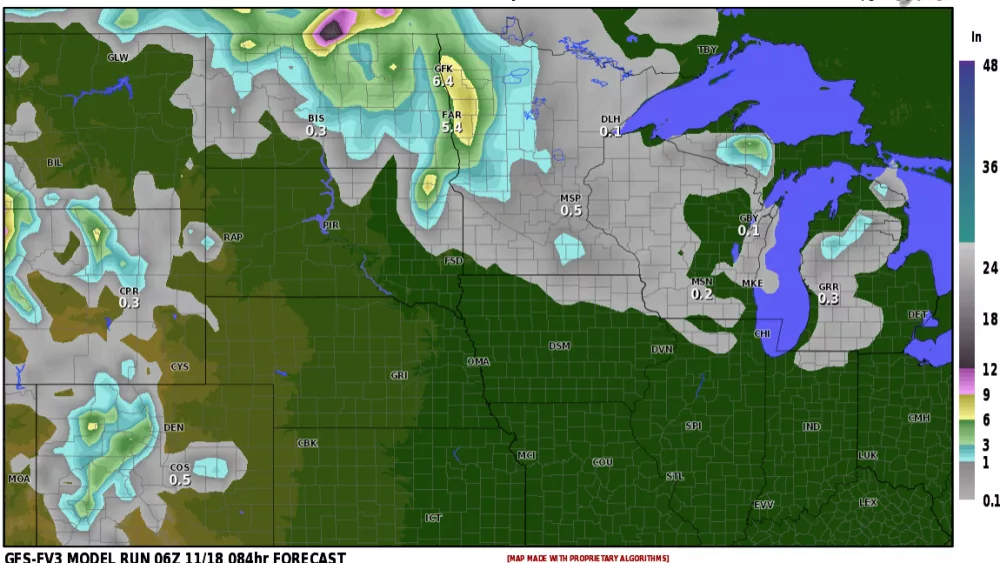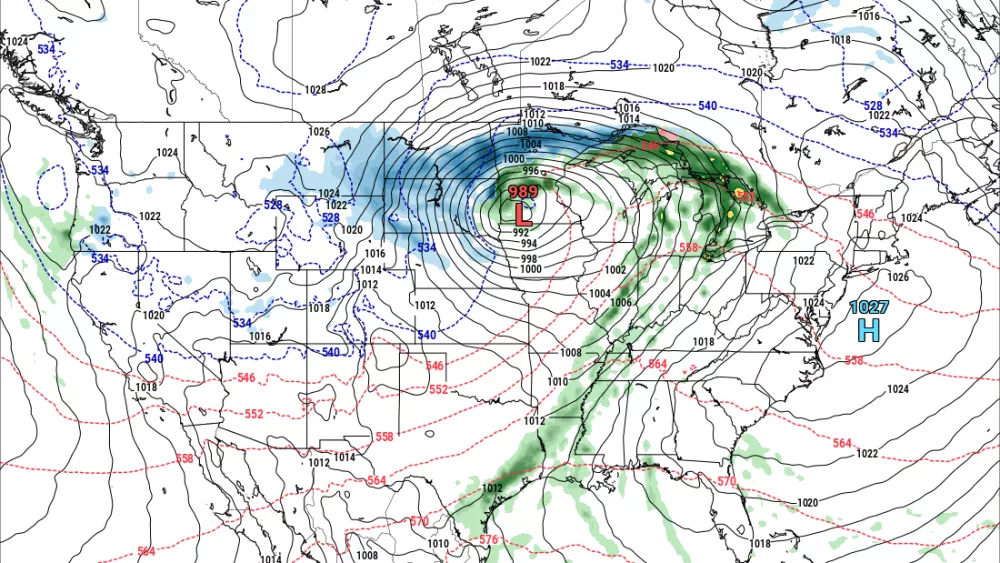The Sun is particularly active at the moment, unleashing powerful solar flares and causing radio blackouts on Earth. This is all part of an 11-year cycle that sees the Sun’s poles reverse.
Sun activity increases and decreases in an 11-year cycle known as the Schwabe cycle. From 1826 to 1843, German amateur astronomer Heinrich Schwabe observed the Sun, discovering that it rotates on its axis once every 27 days. He noticed that over 11 years the Sun goes from quiet periods, where no sunspots can be seen, to the maximum phase where 20 or more groups of sunspots can be seen.
These sunspots are caused by changes in the magnetic field of the Sun, as the Sun’s equator rotates faster than the poles and stirs it all up.
“The Sun’s magnetic fields rise through the convection zone and erupt through the photosphere into the chromosphere and corona,” NASA explains. “The eruptions lead to solar activity, which includes such phenomena as sunspots, flares, prominences, and coronal mass ejections.”
The magnetic field of the Sun flips during the cycle, like a much more fluid version of the Earth. The cycle can be as short as eight years, or as long as 14. During the solar minimum, when sunspot activity is at its lowest, one pole is positively charged and the other negatively.
“The solar magnetic structure changes over the solar cycle. It has a dipole structure during solar minimum, where the open flux extends mainly from the polar regions into the interplanetary space,” one paper on the topic explains.
It doesn’t remain in that dipole state for long, before the rotation of the Sun twists up its magnetic field, pushing on the cycle.
“During maximum, a complex structure is formed with low-latitude active regions,” the paper continues, “and weakened polar fields, resulting in spread open field regions.”
So where are we now in the cycle? At the moment, the Sun’s activity is increasing, with the next solar maximum predicted to be sometime between January and October this year.
However, one team believes they have a more accurate prediction by looking at something called “terminator events”. The team looked at magnetic donuts which form at 55 degrees of latitude on both hemispheres of the Sun. These formations migrate towards the equator where they meet and cancel each other out, which the team dubbed a Hale cycle (two solar cycles) terminator.
This terminator event tends to happen up to two years after the minimum, and by focusing on these events, the team believed they could make better predictions about the solar cycles.
“If you measure how long a cycle is, not the minimum to minimum, but from terminator to terminator, you see that there is a strong linear relationship between how long one cycle is and how strong the next one is going to be,” NASA research scientist Robert Leamon told Space.com.
Using these methods, they predict the magnetic field will flip in mid-2024, a few months before the solar maximum.
Chief Meteorologist,
Dean Wysocki




